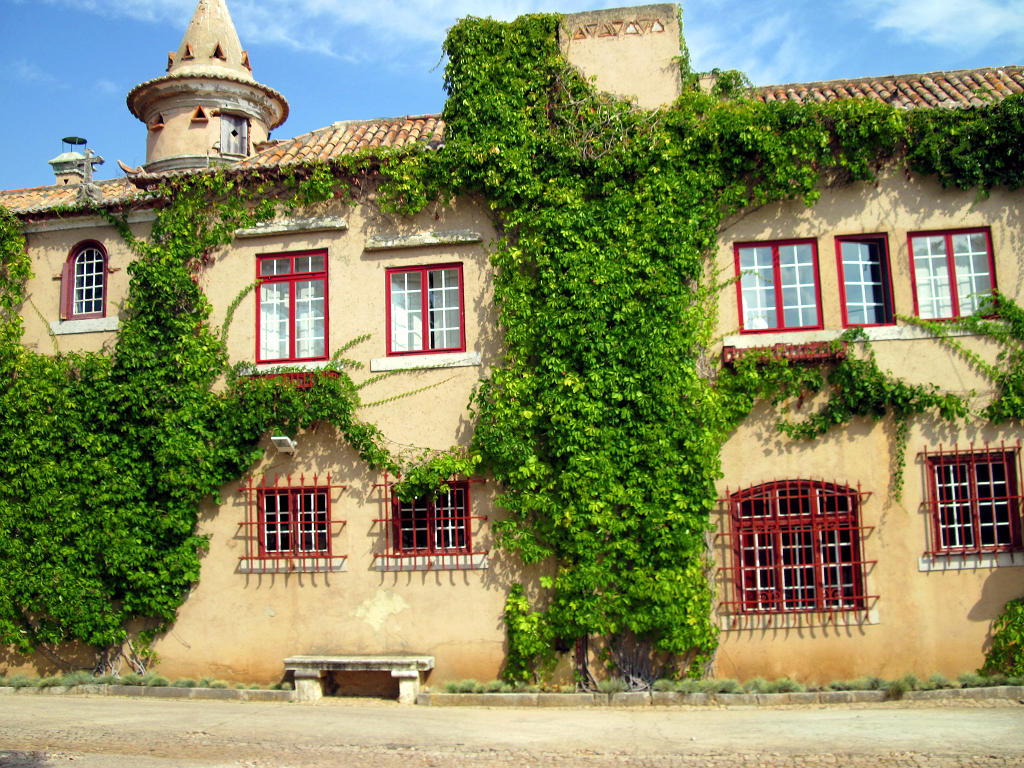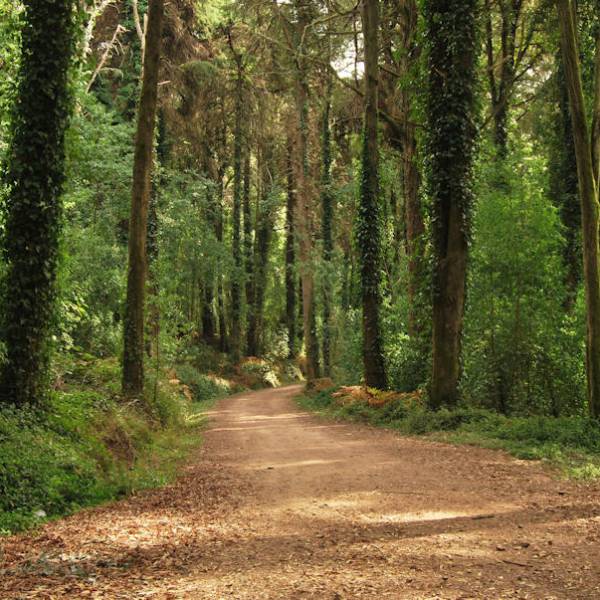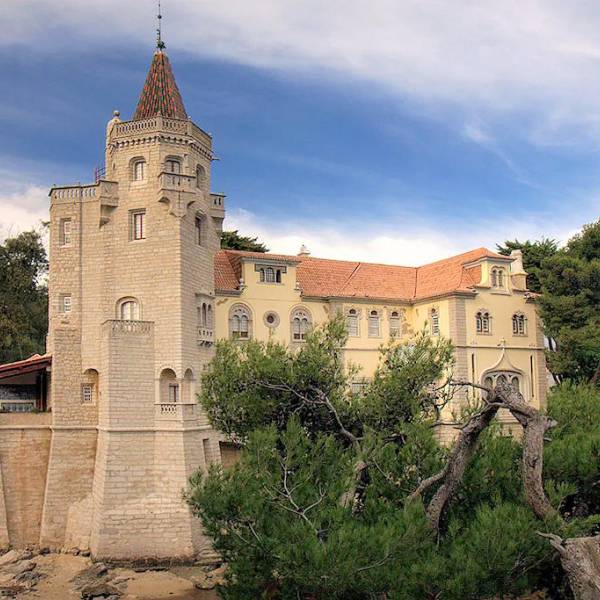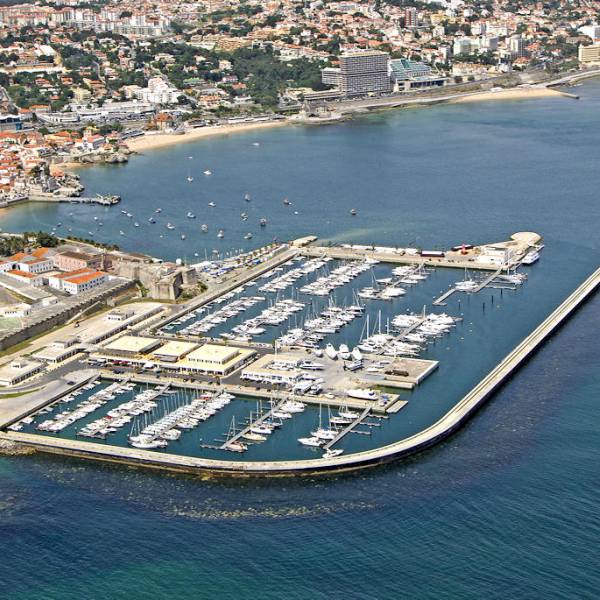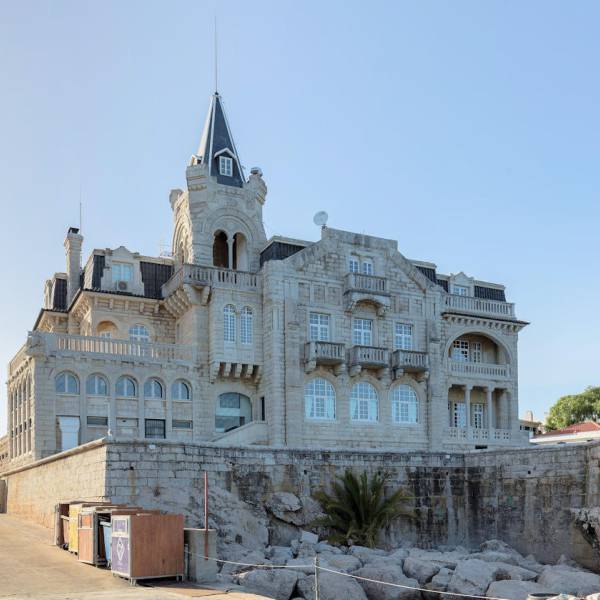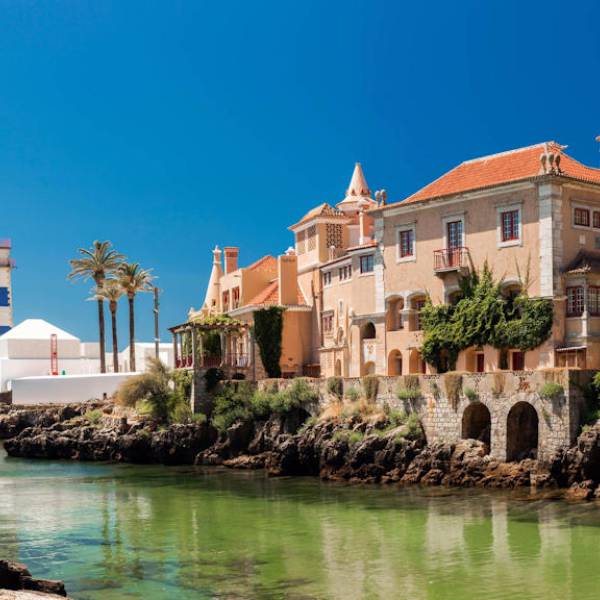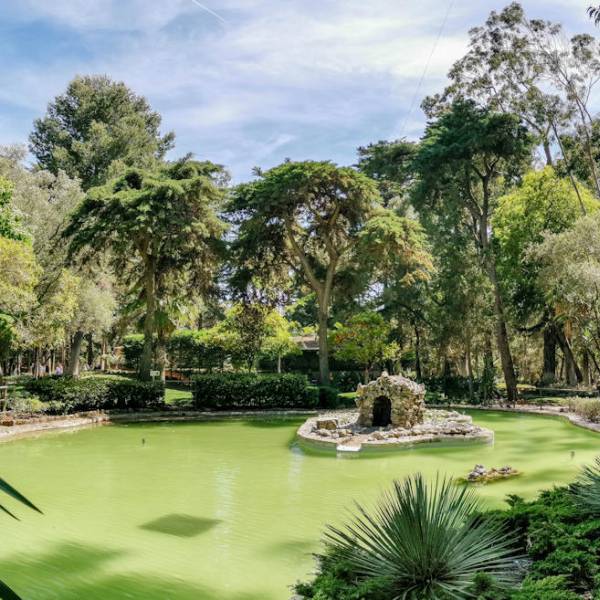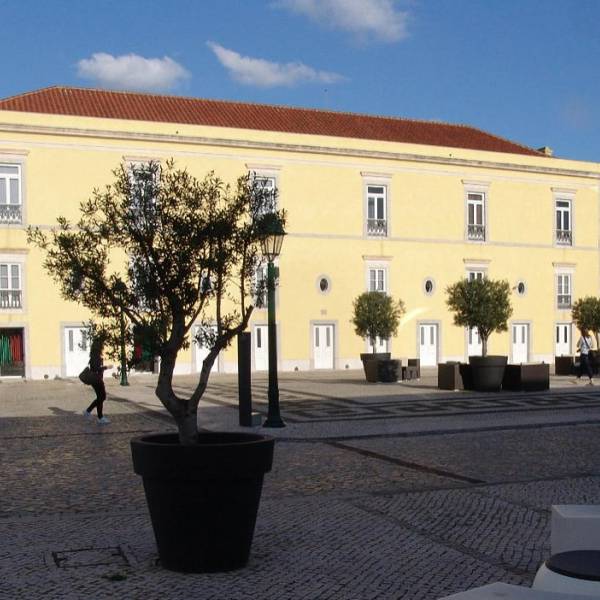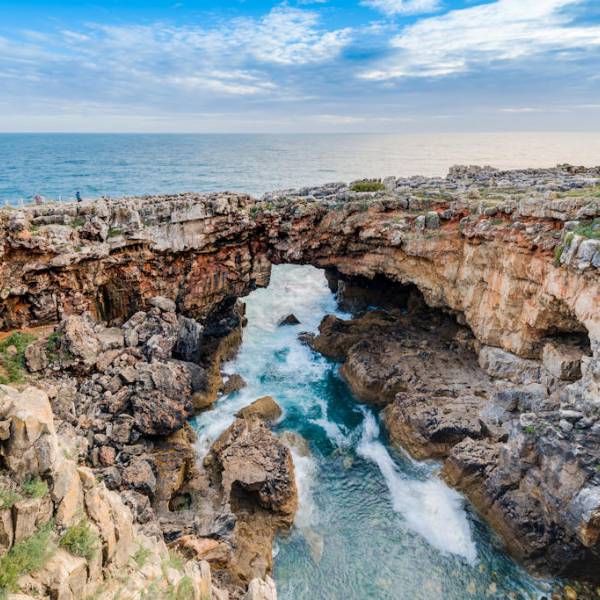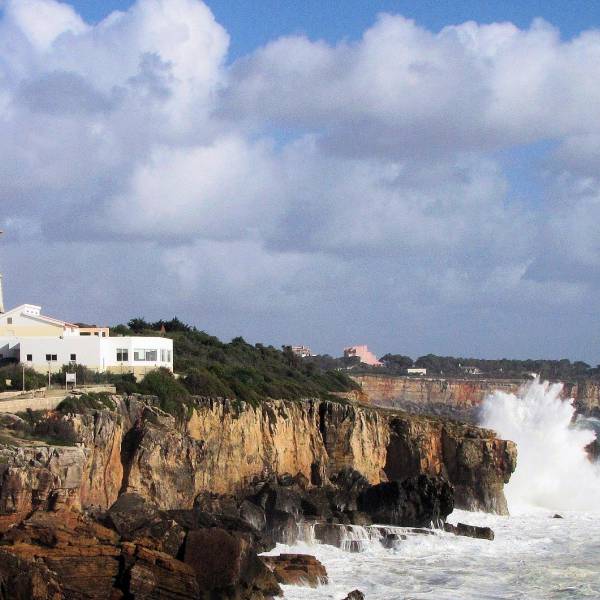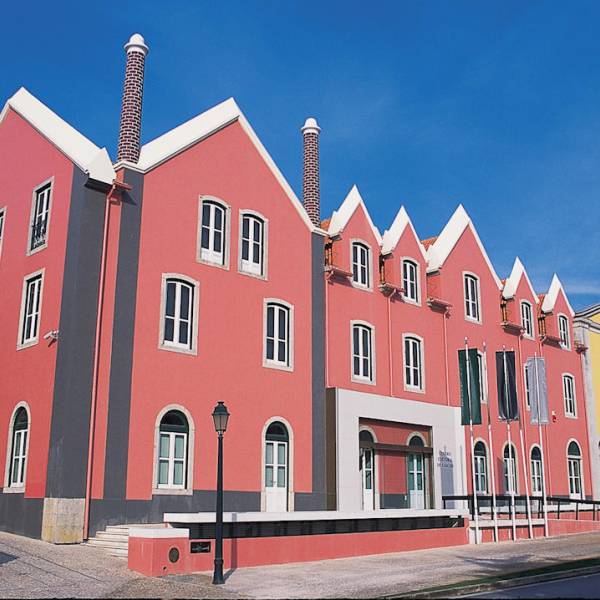Casa de Santa Maria in Cascais is a recommended day trip from Lisbon. Visit this stunning mansion, transformed into a cultural center, and delve into its rich history and architectural beauty. Explore the beautifully preserved rooms, art exhibitions, and enjoy the serene gardens, immersing yourself in the cultural charm of this unique attraction.
Completed in 1902, Casa de Santa Maria emerged as a stunning fusion of various architectural styles, blending the allure of Moorish influences with unique elements found only in Portugal. Raul Lino, known for his meticulous attention to detail, disregarded the popular architectural trends of the time and crafted a masterpiece using exclusively local materials.
As one approaches the grand entrance of Casa de Santa Maria, its commanding presence becomes evident. The building's facade, adorned with intricate details and ornate carvings, showcases the skilled craftsmanship that went into its construction. The horseshoe arches, a hallmark of Moorish design, grace the interior, connecting the central rooms and creating a sense of harmony and grandeur.
In 1914, the property changed hands and was acquired by José Lino Júnior, the older brother of Raul Lino. A passionate collector and lover of the arts, Lino expanded Casa de Santa Maria by adding wings to each end of the house. This expansion allowed for the incorporation of a remarkable collection of 17th-century Azulejo tiles and a magnificent wooden oil-painted ceiling attributed to António de Oliveira Bernardes, acquired from an old chapel in Frielas.
Lisbon.vip Recommends
Today, Casa de Santa Maria opens its doors as a museum, inviting visitors to explore its meticulously restored rooms and immerse themselves in the captivating ambiance of a bygone era. From Tuesdays to Sundays, visitors can wander through the beautifully decorated rooms and marvel at the collection of Portuguese Baroque tiles that adorn the walls. These tiles, originally from the Marvila Convent in Lisbon, depict stunning scenes and intricate designs, reflecting the artistic prowess of the era.
The first floor of Casa de Santa Maria is home to the Chapel, where tiled narrative scenes from the life of the Virgin Mary grace the walls. Produced in Talavera, Spain at the end of the 16th century, these exquisite tiles tell stories of devotion and faith. The floral motifs painted on the chapel's ceiling, the work of Raul Lino, add an extra touch of elegance to the space.
As visitors ascend to the next floor, they encounter the Great Hall, a room adorned with a painted ceiling and walls adorned with tiles. The opulent ambiance of the hall evokes a sense of grandeur and serves as a testament to the fine craftsmanship that went into the construction of Casa de Santa Maria.
Descending to the basement, visitors are greeted with avant-garde painted tiles from the early 20th century, designed by none other than Raul Lino himself. These tiles showcase the architect's innovative approach to design, embracing the spirit of modernity while preserving the timeless beauty of traditional Portuguese artistry.
Casa de Santa Maria stands as a remarkable testament to the architectural heritage of Cascais, preserving the legacy of its past while offering a glimpse into the rich cultural tapestry of Portugal. As visitors explore its rooms, they embark on a captivating journey through time, witnessing the convergence of artistic brilliance, architectural excellence, and historical significance.
Visiting Casa de Santa Maria is an opportunity to delve into the elegance and opulence of Cascais, to immerse oneself in the grandeur of a bygone era. Whether admiring the intricate tiles, marveling at the painted ceilings, or simply soaking in the ambiance of this historic residence, Casa de Santa Maria promises an unforgettable experience that transports visitors to a world of refined beauty and cultural heritage.
Map View


